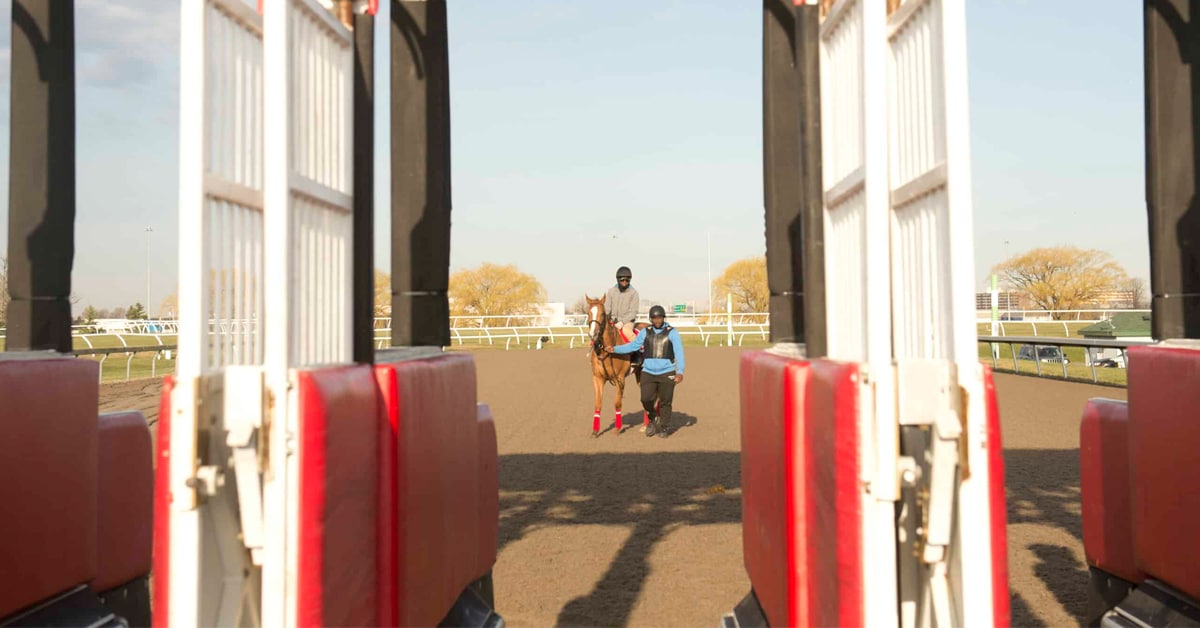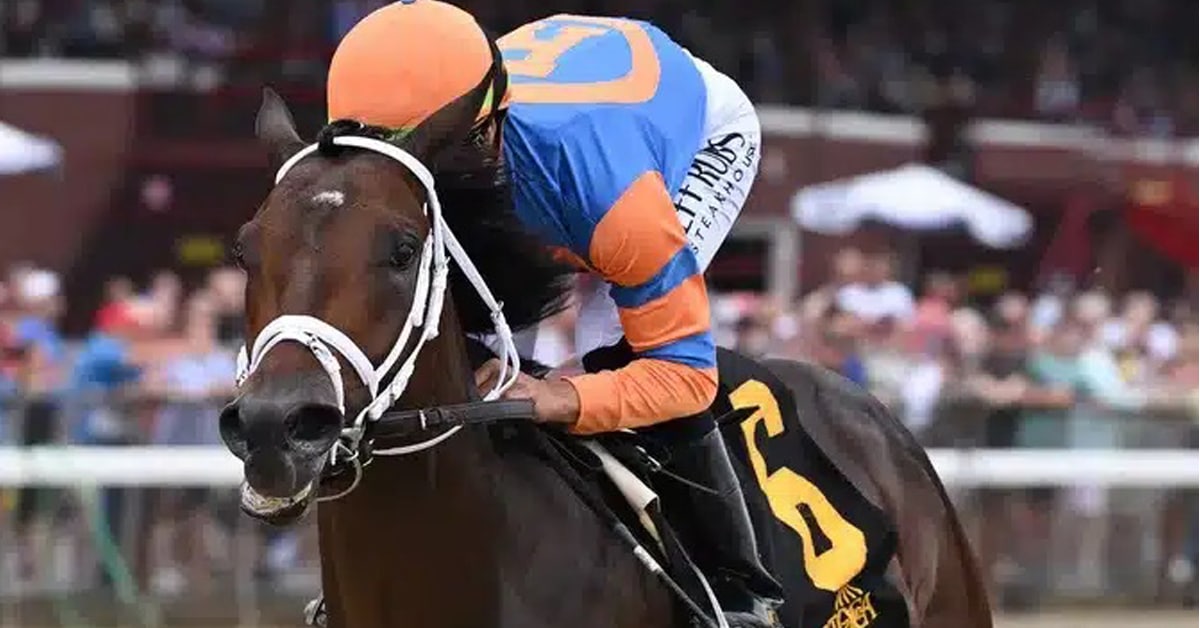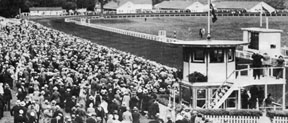Friday marks an important anniversary in Manitoba horse racing history. It was 70 years ago that Whittier Park, the picturesque race track built near a bend in the Red River in St. Boniface in 1924, ran its very last race in the face of rationing during World War II.
Although there had been plans to re-open it, the Great Flood of 1950 damaged the grandstand and sealed the track’s fate, leaving Polo Park as the only race track operating in the Winnipeg area until it, too, closed in 1956 to make way for a shopping centre. Assiniboia Downs opened two years later with a track surface composed of silt and clay hauled in from the defunct Whittier Park.
In its day Whittier was described in newspaper accounts as being “palatial” and was part of a western Canada racing circuit that included tracks in Alberta and Saskatchewan. Built by a colourful entrepreneur and gambler, R. James Speers, who hired a contractor who had helped build the Welland Canal in Ontario, Whittier was among the first tracks anywhere to use a mechanical starting gate in 1939. This caught the attention of royal visitors King George VI and his wife, Queen Elizabeth, during their Canadian tour and they took the concept back to England. A highlight of their tour was waving good-bye from their royal train on the high embankment overlooking the race track as fans cheered wildly.
Speers named the track after poet John Greenleaf Whittier who had written one of Speers’ favourites: the Red River Voyageur. Legendary jockey Johnny Longden got his start at Whittier where he was leading jockey in 1932 and 1933. Ten years later he would win the Triple Crown aboard Count Fleet. A fan favourite was a runt of a horse born to a mare who pulled a buggy in a mining town. His name was Joey, nicknamed the Pony Express, and he just kept on winning. When he was paraded upon retirement, fans wept. He subsequently was inducted into the Canadian Horse Racing Hall of Fame.
The very first female horse trainer in Canada, Irene Henry, was licensed at Whittier. And the biggest daily double in Canadian racing history, $4,835, was paid out at Whittier in 1942 to a quiet hunch bettor named Mike Markowich.
Racing at Whittier got better through the years thanks to its founder, Speers, who sought out top sires and broodmares in England and Kentucky.
Now a baseball diamond stands where horses once galloped and the only reminder of the glory days of Whittier is a huge elm tree that marks the spot just inside the infield where the horses turned for home.
More from Canadian Thoroughbred:






